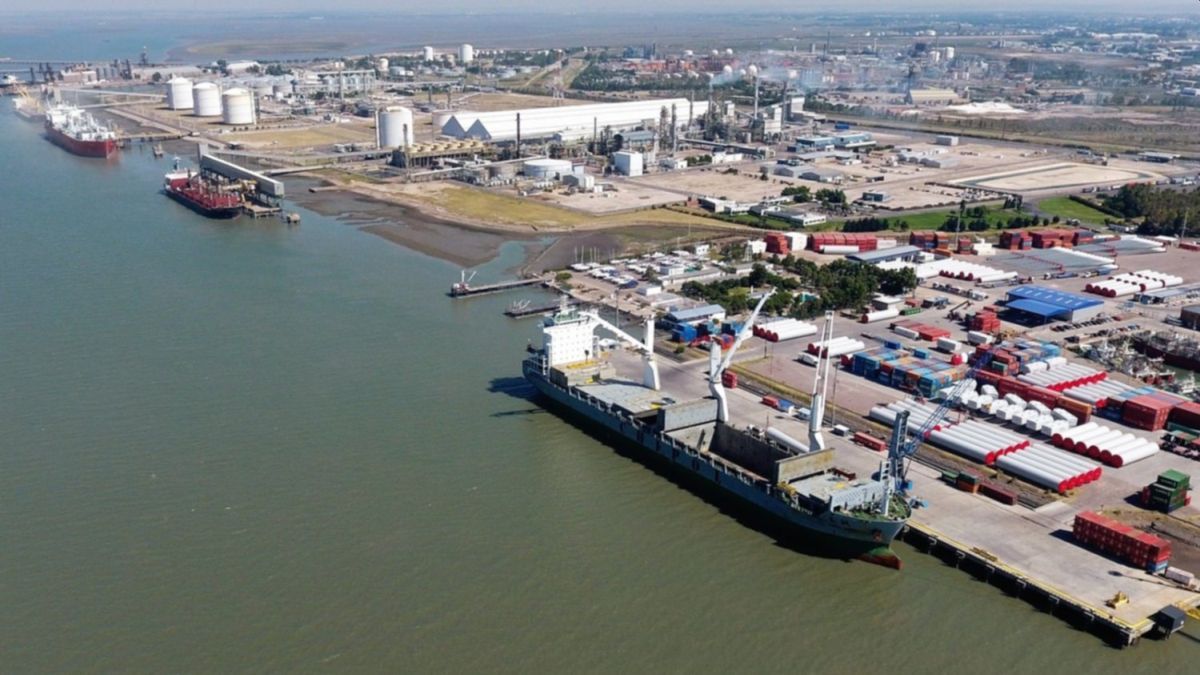According to a study carried out by the Undersecretary of Agriculture that considers the cargo capacity of the different bulk carriers or bulk carriers, and oil transport, the participation in the world fleet and the draft of Argentine ports; the drop in the number of ships that would enter our ports was estimated.
During 2022, the bulk ships that entered Argentine ports totaled 2,644, to transport an exportable balance of 97,107,500 tons of grains and oils; while this year the exportable balance of the 2022/23 campaign would only be 55,581,074 tons.
In this sense, the report indicates that between January and February of this year, 253 bulk ships entered Argentine ports, when for the same period of 2022 the ships that arrived in the national territory totaled 408.
Hard data from agro-exporters
The liquidations of the agro-export companies totaled 4,212 million dollars in May, which represented a year-on-year decrease of 0.45% and an increase of 78% compared to the previous month, said Thursday the Chamber of the Argentine Oil Industry (CIARA) and the Center for Oil Exporters. Cereals (CEC).
He added that compared to the first five months of 2023 with the same period last year, the grain-oilseed sector lost sales abroad by 38%.
“The inflow of foreign currency for the month of May is a reflection of a market strongly affected by the extreme drought that has drastically reduced the production of the coarse crop -corn and soybeans-,” said CIARA-CEC, entities that represent 48% of the country’s exports.
He added that a preferential exchange rate regime for exporters of 300 pesos per dollar that “expired on May 31 caused a significantly higher supply of soybeans, sunflowers, sorghum and barley than in previous months.”
Argentina implemented in the first days of April a third stage of the so-called ‘soybean dollar’ to encourage liquidations of the oilseed and increase the reserves of the central bank through a differentiated exchange rate.
Source: Ambito




